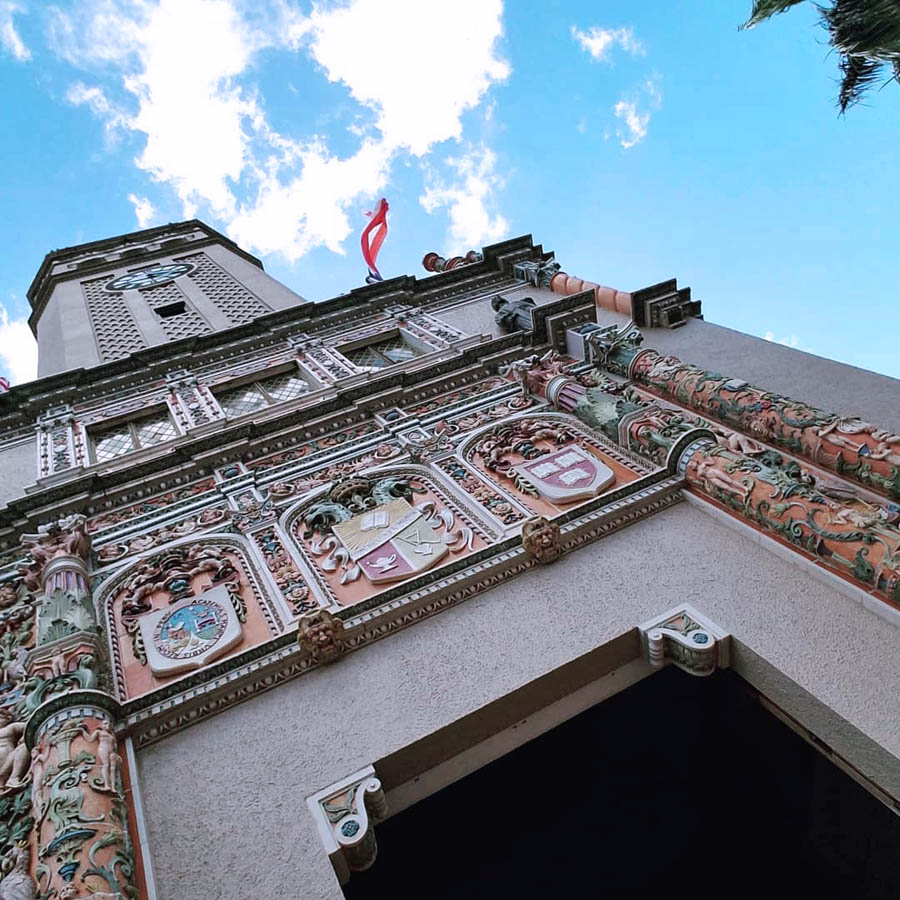Analysis: UPR’s future grim, as reality of fewer students, less money catches up

The future of the Univerisity of Puerto Rico is hanging on a thread, as the combination of a contracting population and stagnant personal income over the past 15 years — as well as several strikes — have led to a slow decline in enrollment.
The ongoing fiscal crisis is just the last straw in a long process of deterioration as debt restructuring stands now to override — for some time —any other consideration, an analysis released by the H. Calero Consulting firm released Tuesday.
“The stakes, however, could not be higher with a reduction of more than $200 million in its Fiscal 18 budget and its own debt restructuring to sort out, the UPR now risks losing its academic accreditation and, with that, access to Pell grants,” the economic firm stated in its latest edition of internal publication “Pulse.”
“Without these, enrollment could end up unraveling. Whatever the final outcome, this is the story of the inevitable,” the firm concluded.
The UPR is Puerto Rico’s longest-running university that has historically played a fundamental role in supporting upward social mobility, with affordable enrollment and credit costs. However, a one-two-punch from the protracted fiscal crisis and the blow by Hurricane María last year have put the final lid on this way out of poverty.
Puerto Rico’s fiscal crisis has caused a significant population decline, which has resulted in a drop in UPR’s enrollment levels. That, coupled with an expected hike in tuition costs could mean that “the UPR will become a leaner, more elitist version of its current self.”
The UPR currently has 11 campuses — lead by the Río Piedras and Mayagüez colleges — that offer 694 degree-granting programs. In the beginning, the smaller regional campuses were created to support the curriculum at the larger campuses and help students from geographically isolated areas to get an education.
“Nowadays, they comprise 36 percent of total enrollment, but their initial intent was rendered useless as improved transportation options, better communications networks, and internet-based programs became an immovable reality everywhere. In consequence, they stand as prime candidates for closure should the number of campuses need to be reduced,” H. Calero Consulting predicted.
The UPR has historically depended heavily on allocations from the Commonwealth’s central government, through the General Fund. However, that funding has become tighter, as the island’s finances have deteriorated, forcing the UPR to restructure its own debt to prevent losing its accreditation.
Now, the institution is under the Financial Oversight and Management Board for Puerto Rico’s watch, which is seeking to increase tuition, benchmarking against U.S. mainland colleges. That approach is “unequivocally misguided,” the analysis firm concluded, as it appears not to take Puerto Rico’s poverty and lower income levels into consideration.
At present, the Commonwealth’s fiscal plan calls for a $203.4 million reduction in General Fund appropriations to the UPR system in FY2018.
“With said reduction, the UPR turned to cost-cutting and rate hikes to come up with the difference. The certified plan seeks to create a three-campus hub model around Río Piedras, Mayagüez, and Medical Sciences to save on procurements, employees, and contracts,” the firm noted.
The plan also calls for revising academic offers and eliminating less efficient programs, while calling for an increase in revenues from other sources, including scholarship reforms.
“However, the bulk of the plans look to cover the difference in appropriations from tuition fees. The rate hikes would result in $109 million in rate increases for Fiscal 2019, expected to yield $664.8 million in 5 years,” the firm noted.













